Guest blogger John Borthwick gets plenty of sand between his toes in researching the best of the Kingdom’s shoreline.
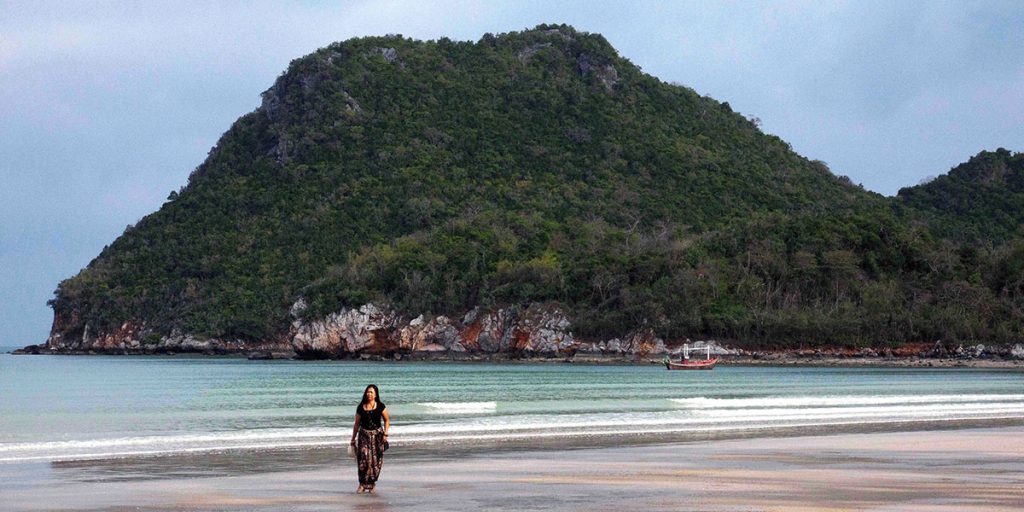
Ao Manao, Prachuap Khiri Khan. The postcard-perfect arc of Ao Manao, or “Lime Bay” — aptly named for its pale-green waters — sits just south of Prachuap Khiri Khantown. The sands are wide, the waters clear and small beachfront eateries dish up fresh soft-shell crabs and tom yam soup.
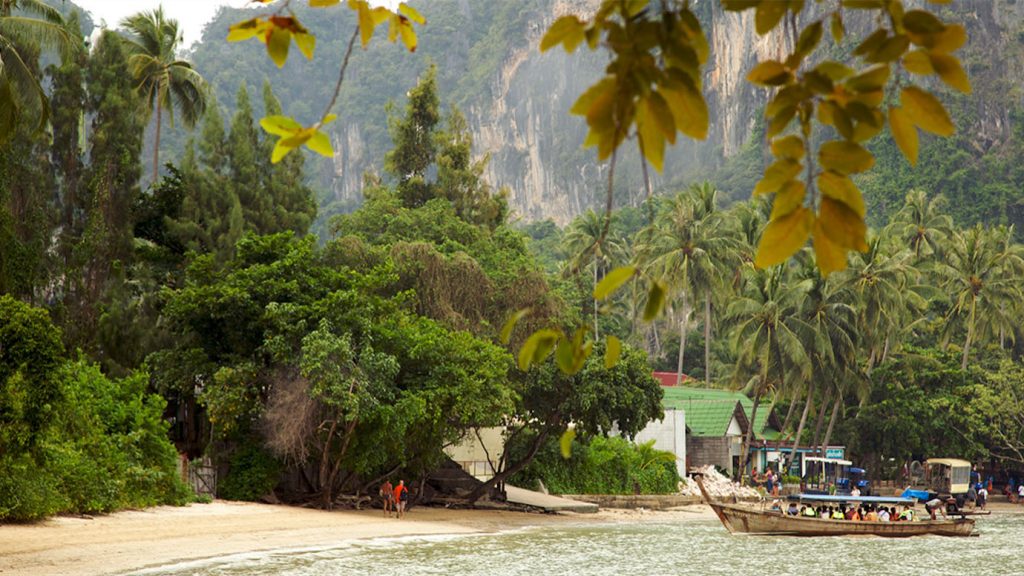
Rai Leh Beach, Krabi. Rai Leh (aka Railay) sits on isolated Phra Nang peninsula, a longtail boat ride from Ao Nang. Towering limestone heights and turquoise depths attract spider-persons who climb Rai Leh’s vertical cliffs. Meanwhile other visitors just want to wallow in the general, Andaman Sea beauty.
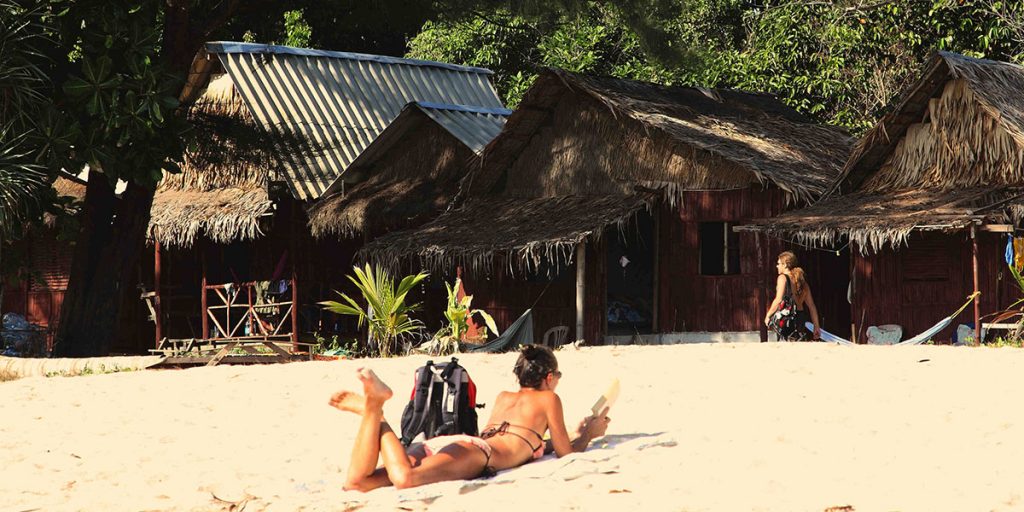
Ao Yai Beach, Koh Phayam, Ranong. Little Phayam Island floats off Thailand’s west coast, seemingly in the Sea of Amnesia. Its gem, Ao Yai Beach offers three km of wide, sands, an easy shorebreak and monsoon season surf. Late afternoon gets gorgeous when the cicadas and the sunset crank up their volumes.
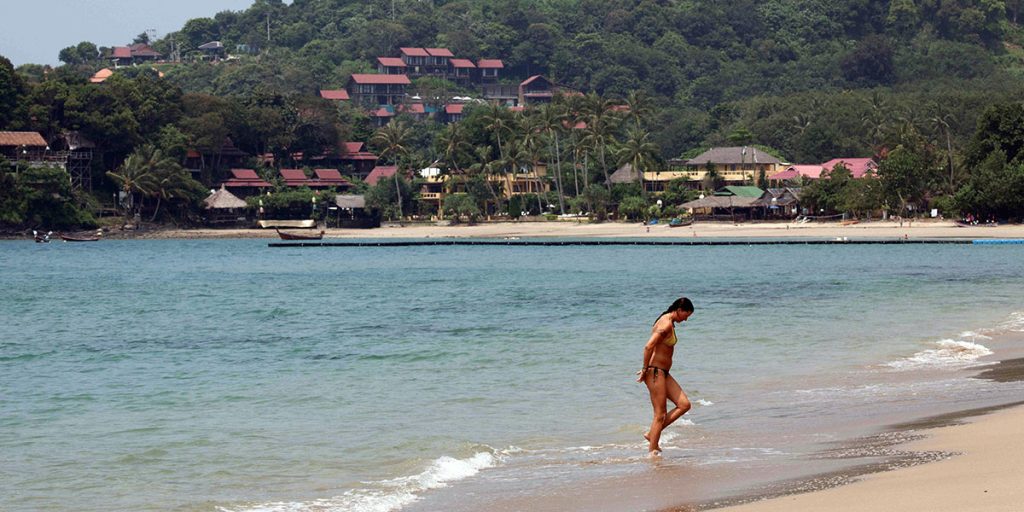
Ba Kan Tiang Beach, Koh Lanta, Krabi. Sit below a fire-and-brimstone sunset, looking west from Ba Kan Tiang’s swoop of pure sand and water music, and you know why you came to Koh Lanta. “The island of long beaches” has many but this one also offers good accommodation plus views of the uninhabited Koh Haa islets.

Chaweng Beach, Koh Samui, Surat Thani. Samui has plenty of beaches, with long, broad Chaweng and next door, the smaller Lamai being the most popular ones. The Gulf waters are clear and calm, the sands are well stocked with trinket peddlers and there are bars, restaurants and shops galore if that’s what you’ve come for.

Hat Sai Khao, Koh Chang, Trat. Also known as White Sand Beach (“Off-White Sand Beach” might be a more accurate), Hat Sai Khao is a sweeping shoreline on the country’s second largest island. With ample accommodation and commerce it is made for a seafood-eating, novel-reading, do-little sort of holiday.
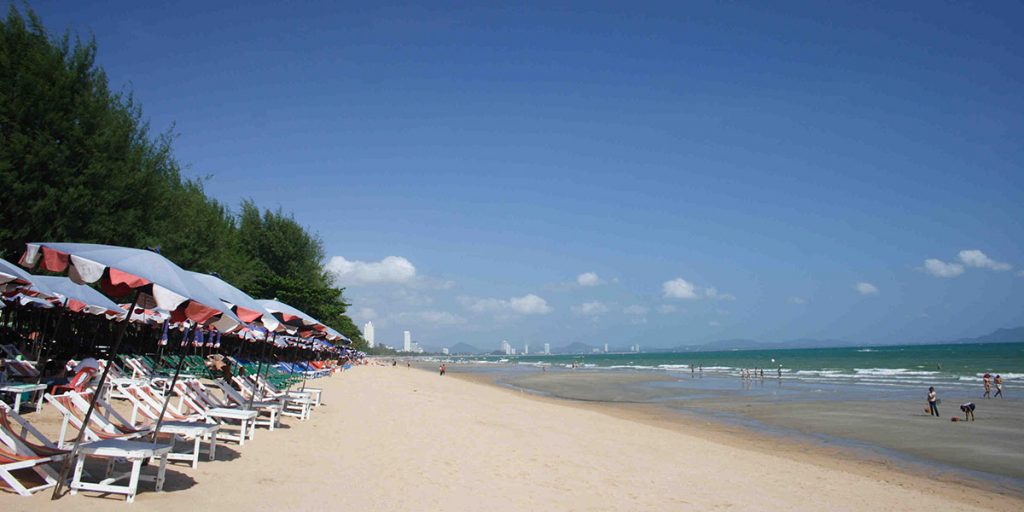
Jomtien Beach, Chonburi. Jomtien is your retreat when the partying at nearby Pattaya becomes too much, or you just want more space on the sand. Five-km long Jomtien has cleaner water, whiter sands and fewer motorised aquatic dangers than its neighbour. And when the sun goes down there is much good dining at the beachfront row eateries.

Mai Khao Beach, Phuket. Stretching along the northwest coast of Phuket, and far from the clamorous Patong-Karon-Kata strip, you’ll find Mai Khao (“White Wood”) Beach. This 17-km skein of dreams is the sort of shore where beachcombing careers are made. More importantly, it is also a national park and sea turtle-nesting zone.
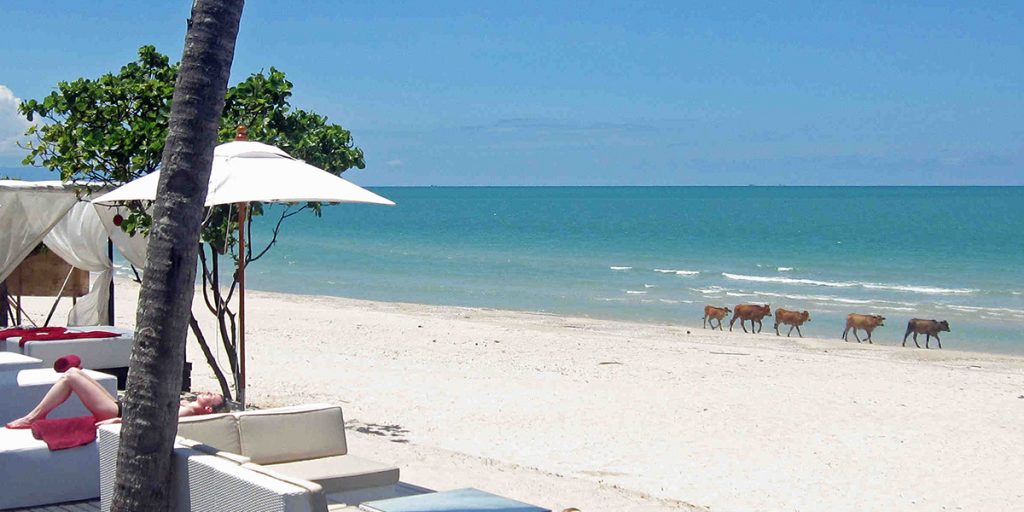
Na Dan Beach, Khanom, Nakhon Si Thammarat. Remember when a beach was a beach and not a shopping mall with sand? Na Dan is stilllike that — no hawkers, looning power craft or hectares of rental chairs. Remote and dreamy, it remains palm-fringed with nine km of shoreline and vast blue skies above.

Natai Beach, Phang Nga. Cross Saladan Bridge at the northern tip of Phuket and you enter another world, mainland Phang Nga province, a place of long, casuarina-shaded beaches and small rural towns. Here the empty, snoozy Andaman shore of Natai Beach is home to a turtle sanctuary, seafood stalls and tranquility.
Beach Survival Tips
— Rips. Andaman waters can appear deceptively calm but there are often currents and undertows. Fatalities happen. Almost no beaches have lifeguards.

— Jetskis. Unsuspecting tourists are frequently forced to pay for mythical “damages” by unscrupulous jet-ski hirers, notably in Pattaya and Phuket. Simply do not hire or use one.
— Speedboats. Popular beaches in Pattaya, Phuket and elsewhere are alive with transfer speedboats, parasailer tow craft, banana boats and jetskis. Injuries happen. Use a swimming enclosure with pontoons if there is one.
Words and photographs © John Borthwick 2020
